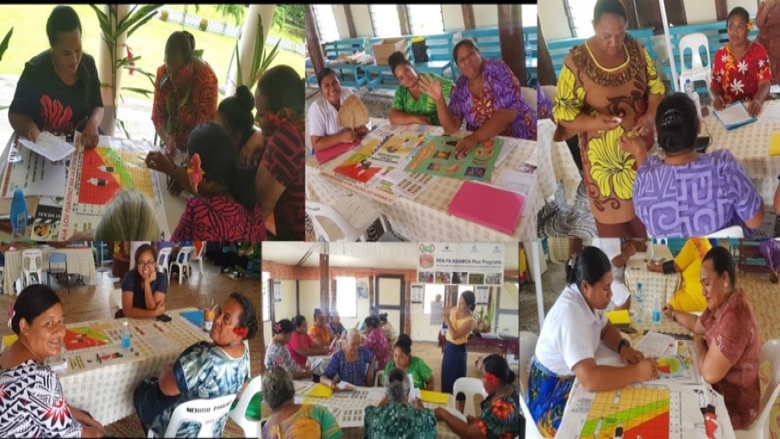While Samoa is facing significant challenges of rising NCDs, the current health service delivery system is not well poised to tackle the challenges. The system is largely publicly owned and heavily hospital centric. Patients often bypass primary health care (PHC) and overcrowd the main national referral hospital in the capital, Apia.
In an effort to revitalize Samoa’s primary health care and community engagement, the government of The World Bank supports the government’s deployment of multidisciplinary teams (MDTs) back to the rural health care facilities, with the Advance UHC Multi-Donor Trust Fund (MDTF) funding technical assistance for project implementation.
Samoa used to have a service delivery model with a strong focus on Primary Health Care. Doctors were deployed in the rural district hospitals working with village women’s committees (VWCs) to facilitate access to health services. Gradually, doctors were pulled back from rural facilities to national and referral hospitals, compromising the quality of the health service delivery system.
In a country of less than 200,000 people, Samoa has two main hospitals (one in Apia and another on Savaii Island) and 11 rural health facilities comprising 6 rural district hospitals and 5 community health centers—the latter open during working hours and only from two to five days a week. The rural health facilities are staffed mainly by nurses. Doctors are concentrated at the national hospital in Apia and typically spend only one day a week at rural district hospitals. This model moved health services from the community to the main hospitals and patients have to travel there to see the doctors.
